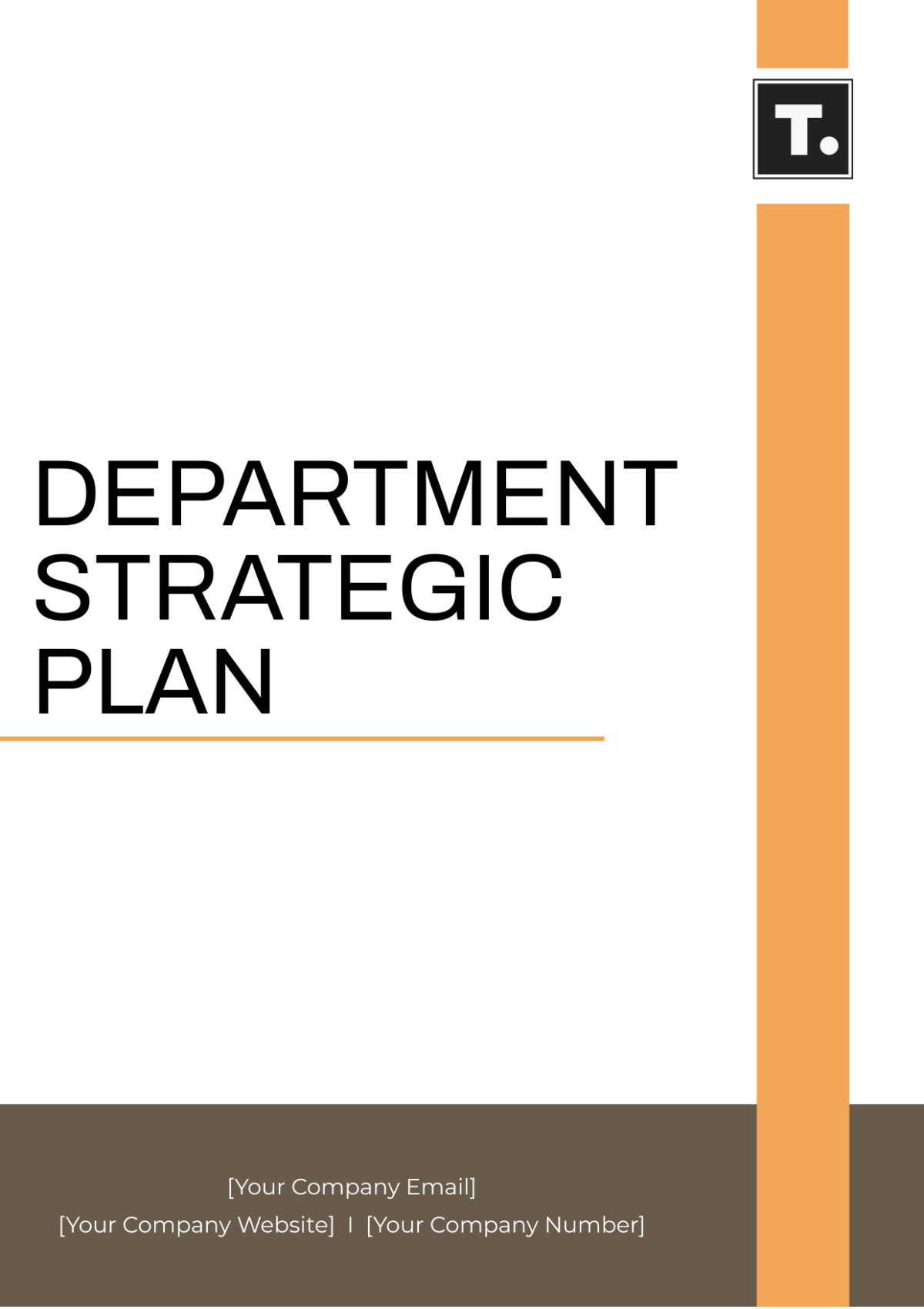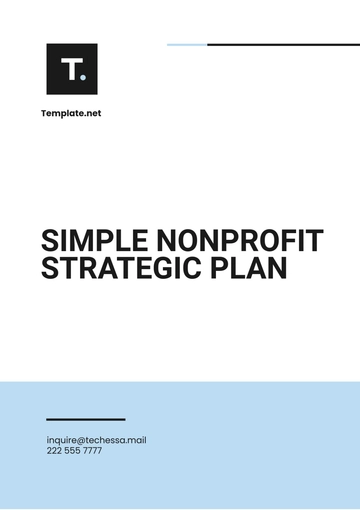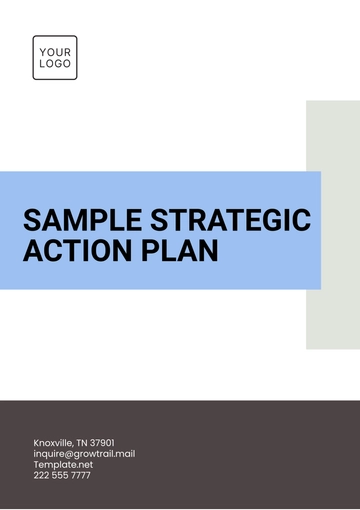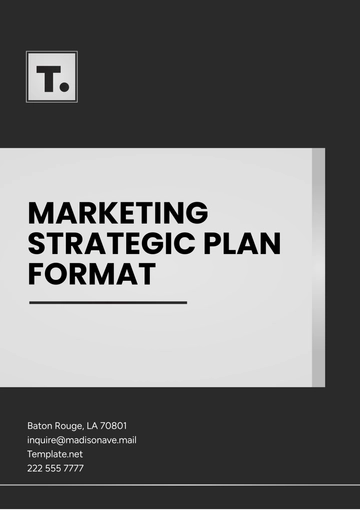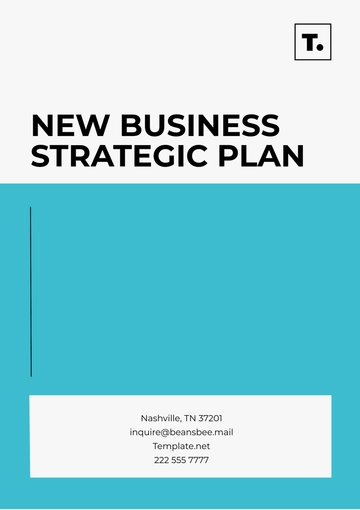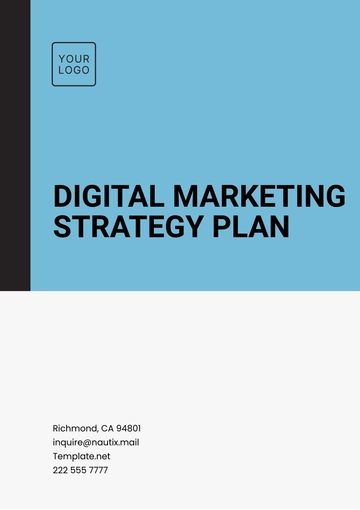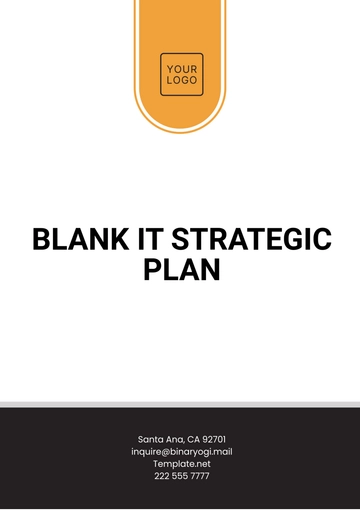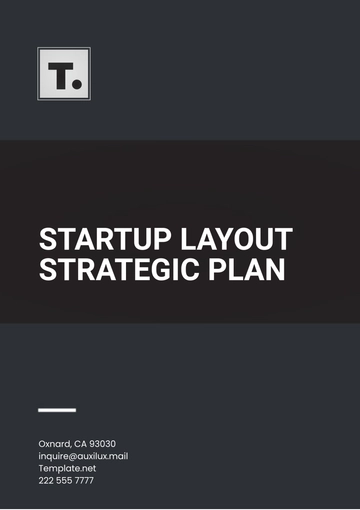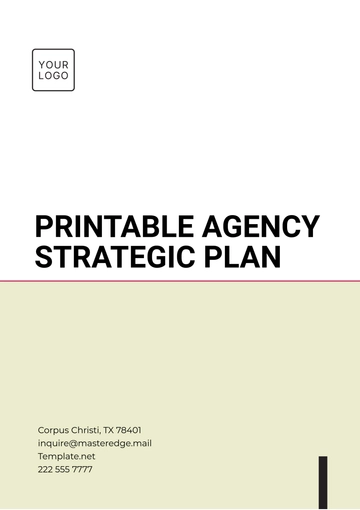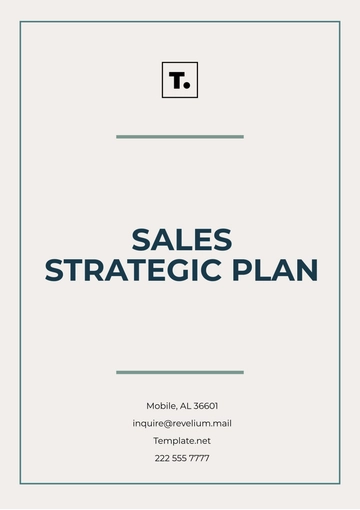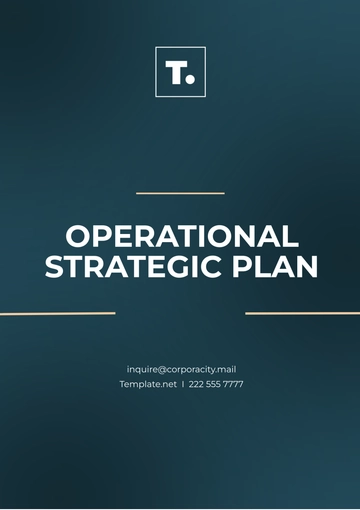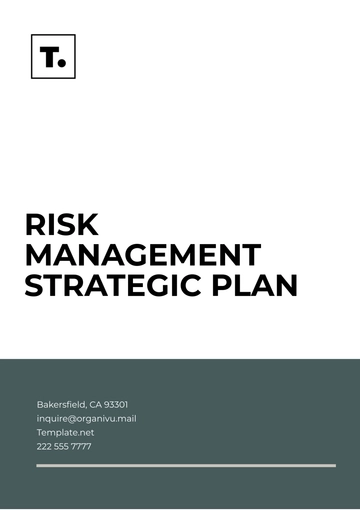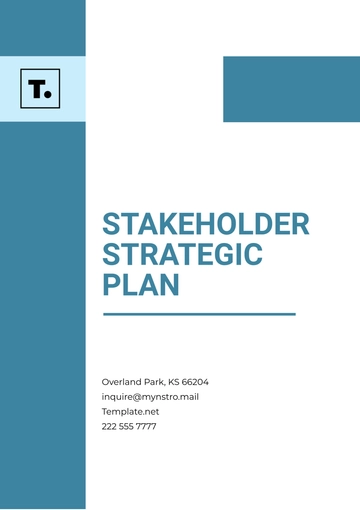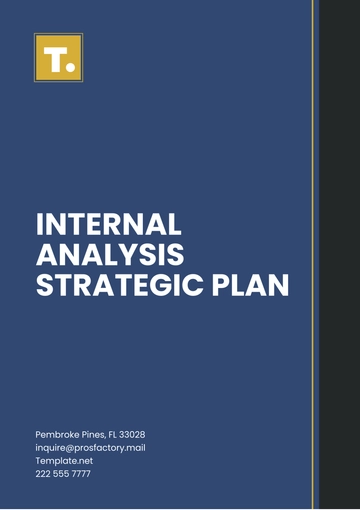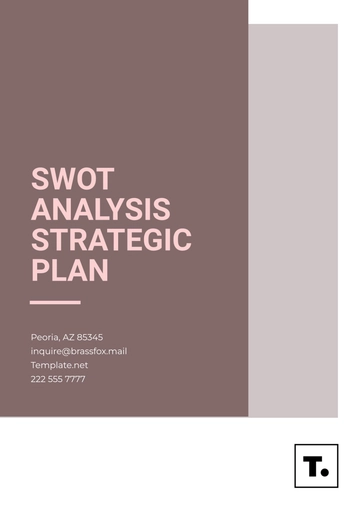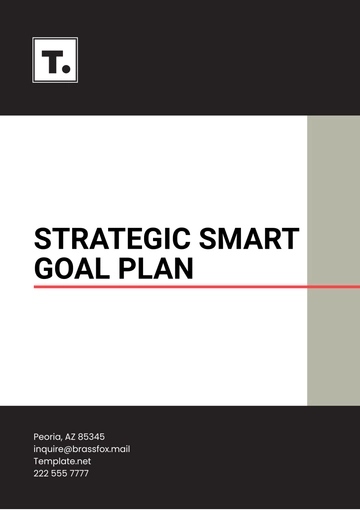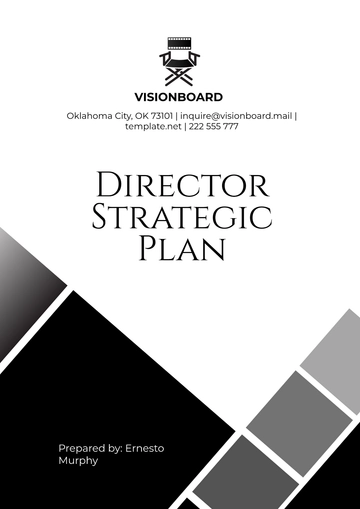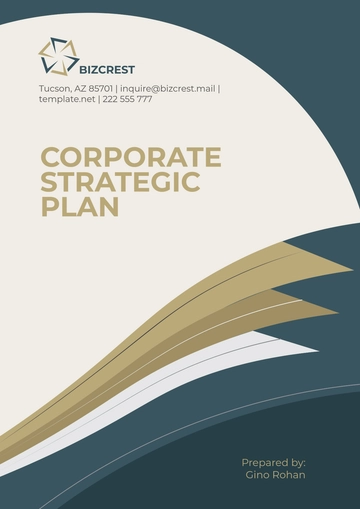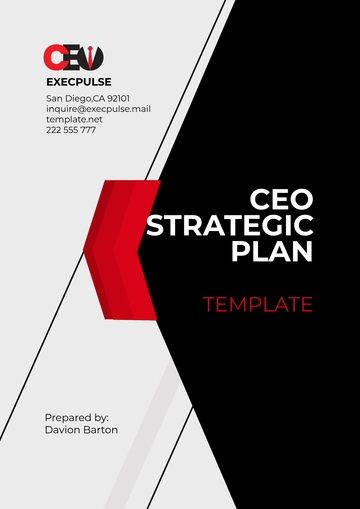Department Strategic Plan
Prepared by [YOUR NAME]
I. Executive Summary
This strategic plan outlines the IT Department's initiatives to align with [YOUR COMPANY NAME]'s objectives. It includes a technology audit, talent assessment, vision and mission statement, strategic objectives, implementation strategies, monitoring and evaluation methods, risk management, and budget planning.
II. Current State Analysis
A. Technology Audit
Detailed assessment of current infrastructure, software, and hardware.
Identified inefficiencies: Outdated servers, lack of standardized software, inadequate data backup.
Areas needing improvement: Cybersecurity, cloud integration, data management.
B. Personnel
Team structure: 15 members with skills in network administration, database management, software development, and help desk support.
Skills gap: Need for cybersecurity and cloud computing expertise.
Development needs: Training programs for cybersecurity and cloud technologies.
III. Vision and Mission Statement
Vision: Empower [YOUR COMPANY NAME] through innovative IT solutions.
Mission: Deliver scalable technology systems that support company objectives.
IV. Strategic Objectives and Goals
A. Cybersecurity Enhancements
Goal: Reduce cybersecurity incidents by 25%.
Strategies: Implement multi-factor authentication, conduct regular security audits.
Timeline: Complete authentication implementation by [Date].
Budget:
Cost of new cybersecurity software: $[Amount]
Implementation and training costs: $[Amount]
Total budget allocation: $[Amount]
B. Cloud Integration and Optimization
Goal: Migrate 50% of data to cloud storage.
Strategies: Develop a migration plan, train staff on cloud technologies.
Timeline: Complete migration of critical data by [Date].
Budget:
Cost of cloud migration tools and services: $[Amount]
Staff training and certification costs: $[Amount]
Total budget allocation: $[Amount]
C. Data Management and Analytics
Goal: Implement a centralized data management system.
Strategies: Select and implement data management software, train staff on data analytics.
Timeline: Complete system implementation by [Date].
Budget:
Cost of data management software: $[Amount]
Implementation and training costs: $[Amount]
Total budget allocation: $[Amount]
D. IT Support for Remote and Hybrid Work Models
Goal: Enhance remote access capabilities.
Strategies: Upgrade remote access infrastructure, provide training on remote IT support.
Timeline: Complete infrastructure upgrades by [Date].
Budget:
Cost of infrastructure upgrades: $[Amount]
Training costs for remote IT support: $[Amount]
Total budget allocation: $[Amount]
V. Strategy Formulation
A. Technology Adoption
Action Steps: Evaluate new cybersecurity software, implement multi-factor authentication, develop cloud migration plan.
Timeline: Software evaluation by [Date], authentication implementation by [Date], migration plan by [Date].
Responsible Party: Chief Information Officer, IT Security Manager, Cloud Team Lead.
B. Talent Management
Action Steps: Identify cybersecurity and cloud computing training programs, develop recruitment plan.
Timeline: Training programs identified by [Date], recruitment plan developed by [Date].
Responsible Party: Human Resources Manager, IT Training Coordinator.
VI. Implementation Plan
VII. Monitoring and Evaluation
VIII. Risk Management
Risk register includes data breaches, system failures, budget overruns.
Mitigation strategies: Regular security audits, disaster recovery planning, budget contingency planning.
IX. Budget Planning
Detailed budget breakdown for each strategic objective, including costs for software, training, and staffing.
Total IT Department Budget Allocation: $[Amount]
Contingency Planning: Reserve fund for unforeseen expenses.
X. Conclusion
This plan provides a roadmap for the IT department to enhance cybersecurity, improve data management, and support remote work models. Its successful implementation will drive growth and efficiency within [YOUR COMPANY NAME].
[YOUR NAME]
[YOUR JOB TITLE]
[DATE]
Plan Templates @ Template.net
